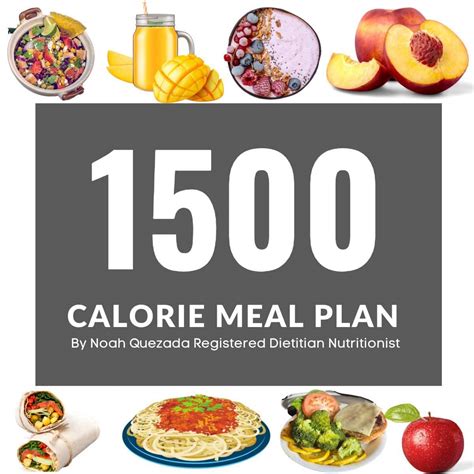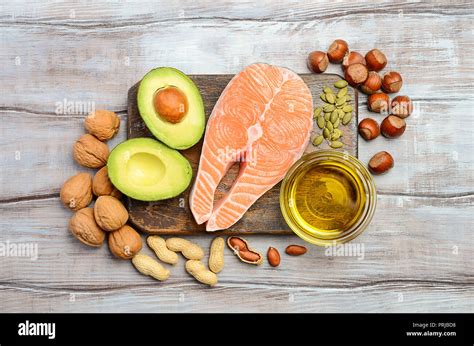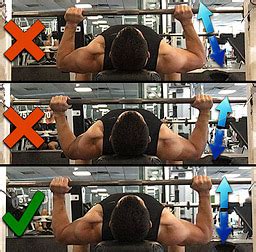Understanding the Dual Goal: Fat Loss & Muscle Gain
Achieving the physique where stubborn belly fat vanishes and lean muscle emerges is a common, yet often challenging, goal for many men. It requires a strategic approach to nutrition that balances the seemingly contradictory demands of a calorie deficit for fat loss and a calorie surplus for muscle growth. The good news is, with practical dietary adjustments, it’s an entirely attainable objective. Let’s dive into the core principles.
The Calorie Conundrum: Balancing Energy Intake
The fundamental principle of weight loss is consuming fewer calories than you burn, while muscle gain often requires a slight surplus. For men aiming to do both, a slight calorie deficit (200-500 calories below maintenance) is typically recommended to prioritize fat loss. During this phase, adequate protein intake becomes paramount to preserve existing muscle mass. Alternatively, some men successfully cycle between short periods of deficit and maintenance, or even slight surplus, to optimize both goals, often referred to as “recomposition.”

Prioritize Protein: Your Muscle-Building Powerhouse
Protein is the undisputed king when it comes to body recomposition. It’s essential for repairing and building muscle tissue, but it also plays a crucial role in satiety, helping you feel fuller for longer and reducing overall calorie intake. Aim for a high protein intake, typically 1.6 to 2.2 grams of protein per kilogram of body weight (or 0.7 to 1 gram per pound).
Excellent sources of lean protein include:
- Chicken breast, turkey, lean beef
- Fish (salmon, cod, tuna)
- Eggs
- Dairy (Greek yogurt, cottage cheese)
- Legumes and plant-based proteins (lentils, beans, tofu)
- Whey or casein protein supplements
Distribute protein intake evenly throughout the day, aiming for 20-40 grams per meal.

Smart Carbohydrate Management
Carbohydrates fuel your workouts and replenish glycogen stores, but excessive or poorly timed carbs can hinder fat loss. Focus on complex carbohydrates that are high in fiber, providing sustained energy and better satiety. Limit refined sugars and processed grains.
Good carbohydrate choices include:
- Oats, brown rice, quinoa, whole-wheat bread
- Sweet potatoes, potatoes
- Fruits (berries, apples, bananas)
- Vegetables (broccoli, spinach, bell peppers)
Consider timing your higher carbohydrate meals around your workouts to optimize energy and recovery.

Embrace Healthy Fats
Fats are crucial for hormone production (including testosterone, vital for men’s health and muscle growth), nutrient absorption, and overall cellular function. While they are calorie-dense, healthy fats should not be avoided. Aim for about 20-30% of your daily calories from healthy fat sources.
Include sources like:
- Avocado
- Nuts and seeds (almonds, walnuts, chia seeds, flax seeds)
- Olive oil, coconut oil
- Fatty fish (salmon, mackerel)

Hydration & Micronutrients: The Unsung Heroes
Don’t underestimate the power of water. Staying well-hydrated is essential for metabolic processes, nutrient transport, and can even help manage hunger. Aim for at least 8-10 glasses of water daily.
Equally important are micronutrients (vitamins and minerals). A diet rich in a variety of fruits and vegetables will ensure you’re getting essential vitamins, minerals, and antioxidants that support overall health, energy levels, and recovery. Consider a high-quality multivitamin if your dietary intake is inconsistent.
Consistency and Patience are Key
Losing stubborn belly fat and building muscle simultaneously is a marathon, not a sprint. Consistency in your dietary choices, combined with a progressive strength training program, will yield the best results. Monitor your progress, adjust your calorie and macronutrient intake as needed, and remember that plateaus are a normal part of the journey. Stay disciplined, stay hydrated, and enjoy the transformation.





